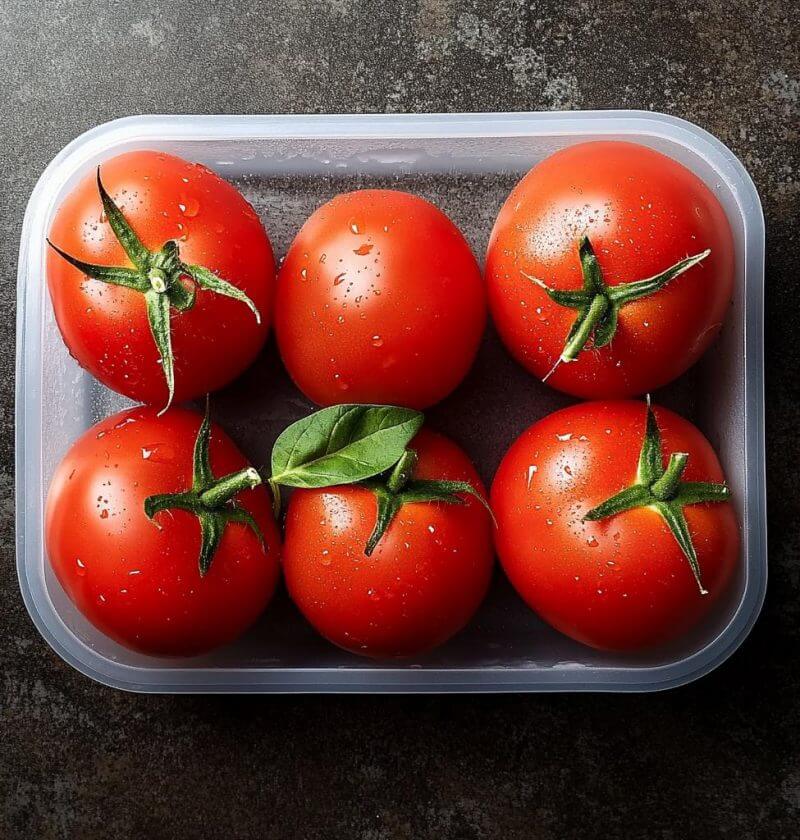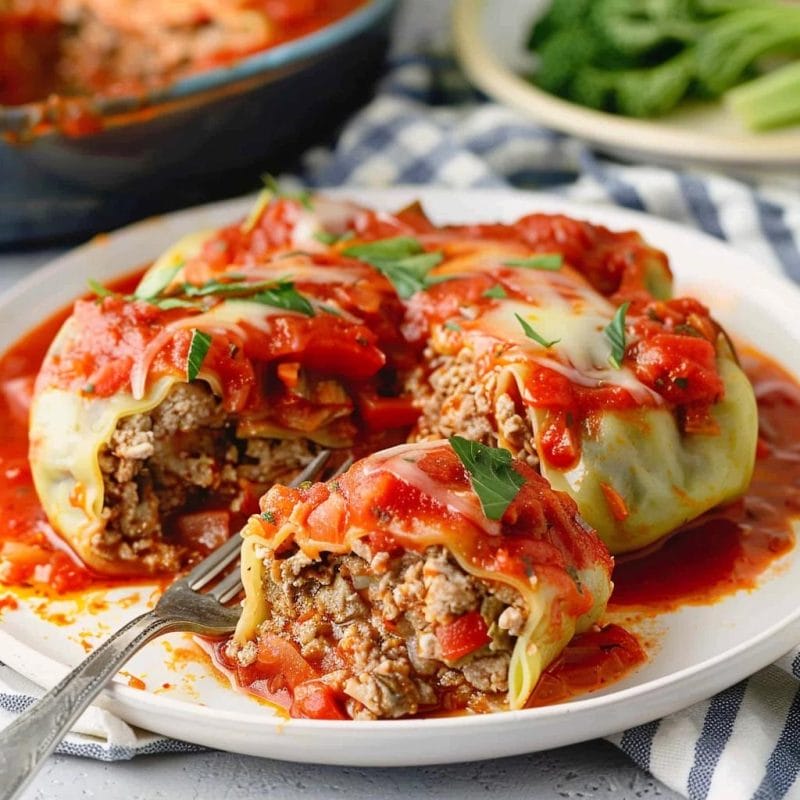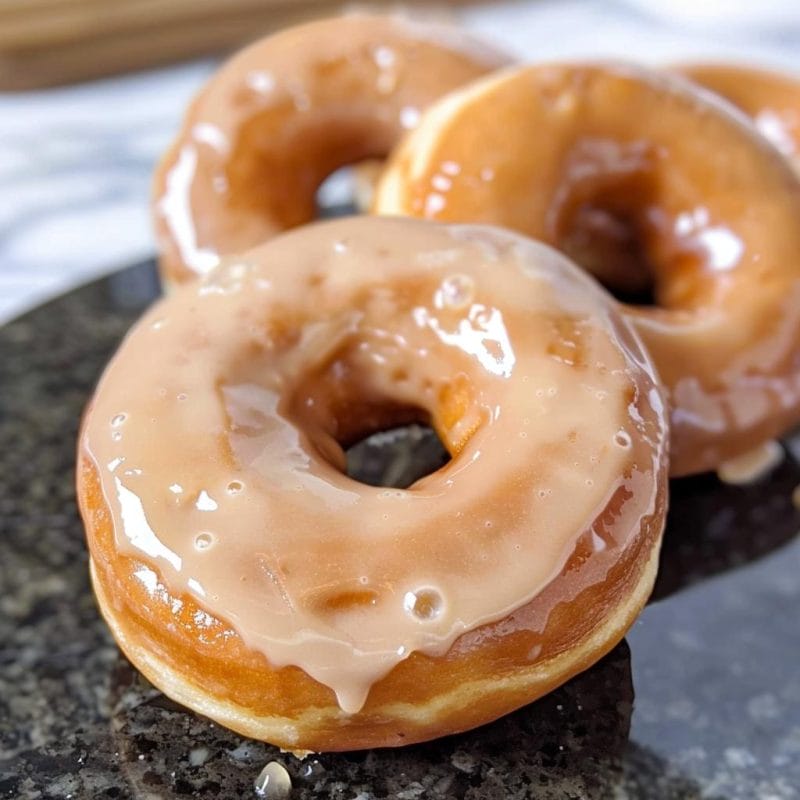Would you like to save this?
Tomatoes are one of those magical ingredients that fit into almost any dish. Whether tossed into a refreshing salad, simmered into a rich sauce, or layered in a hearty sandwich, they always deliver. But if you’re like most people, you’ve probably experienced the frustration of finding your tomatoes mushy or moldy just days after purchasing them. Knowing how to store tomatoes correctly is the key to keeping them fresh, flavorful, and ready to use when you need them.
In this guide, we’ll walk you through the best ways to store different types of tomatoes based on their variety and ripeness. Each type of tomato has unique storage needs, so understanding how to handle them ensures you get the most out of every batch.
How to Store Cherry and Grape Tomatoes
Cherry and grape tomatoes are small, sweet, and highly perishable. Because of their thin skins, they’re easily bruised, which means proper handling and storage are essential to avoid damage.
- At Room Temperature:
If you plan to eat your cherry or grape tomatoes within a day or two, the best option is to store them on the countertop in a single layer. Keep them away from direct sunlight, as too much heat can cause them to soften or split. - In the Refrigerator:
If you need to store them longer, place the tomatoes in a perforated plastic bag or a shallow container inside the crisper drawer of the fridge. The perforations allow airflow and help maintain the right humidity, preventing excess moisture that could make them go bad faster.
Pro Tip: Avoid washing these tomatoes until you’re ready to eat them. Extra moisture can speed up spoilage.
Storing Roma Tomatoes (Paste Tomatoes)
Roma tomatoes, also known as paste tomatoes, are ideal for making sauces, soups, and canning because of their dense flesh and low water content. But to preserve their quality, you’ll need to follow a few specific steps.
- At Room Temperature for Ripening:
If your Roma tomatoes are still green or under-ripe, leave them out on the countertop until they ripen. Once they turn deep red and slightly soft to the touch, it’s time to move them to the fridge. - In the Refrigerator:
For ripe Roma tomatoes, refrigeration is your best bet to extend their shelf life. Store them in a plastic bag or container in the crisper drawer. Make sure you arrange them in a single layer to prevent bruising.
Pro Tip: Try to use your refrigerated Roma tomatoes within a week for the best flavor and texture.
The Best Way to Store Beefsteak and Heirloom Tomatoes
Beefsteak and heirloom tomatoes are big, juicy, and prized for their rich flavor and meaty texture. They’re perfect for sandwiches, burgers, or slicing up fresh, but these varieties are also delicate and prone to damage if stored incorrectly.
- Room Temperature Storage:
Store these larger tomatoes on the countertop, stem-side down, until they are fully ripe. Keeping them at room temperature helps them retain their natural sweetness and flavor. - Refrigeration After Ripening:
Once they’re ripe, place them in the fridge to slow down further ripening. However, refrigeration can slightly alter their texture, making them a bit mealy. For the best taste, bring them back to room temperature before eating.
Pro Tip: Use fully ripe heirloom and beefsteak tomatoes within 2-3 days of refrigerating them, as their flavor starts to fade over time.
Handling Green Tomatoes
Got some unripe, green tomatoes? Whether you’re waiting for them to ripen or planning to fry them up, you need to know how to store them correctly to get the most out of these green beauties.
- Ripening Green Tomatoes:
Place your green tomatoes in a paper bag with a ripe apple or banana. These fruits release ethylene gas, which speeds up the ripening process. Close the bag loosely and check it daily to monitor progress. - After Ripening:
Once your green tomatoes ripen, store them at room temperature if you plan to use them soon. If not, transfer them to the refrigerator to slow down the ripening process.
Pro Tip: Green tomatoes are more versatile than you think—fry them up, pickle them, or use them in chutneys for a unique twist!
Storing Regular Tomatoes (Everyday Tomatoes)
For those regular round tomatoes you use daily in salads or sandwiches, a little extra care goes a long way in keeping them fresh.
- What You’ll Need:
- A clean storage container
- Paper towels
How to Store:
- Line the bottom of your container with paper towels to absorb any excess moisture.
- Arrange the tomatoes stem-side down in a single layer. Avoid stacking them to prevent bruising.
- Keep the container on the countertop, away from direct sunlight.
- Inspect the tomatoes daily, removing any that show signs of leaking or mold to prevent them from spoiling the others.
Key Tips for Storing Tomatoes Like a Pro
- Handle with Care: Tomatoes bruise easily, and damaged spots tend to spoil faster. Always handle them gently.
- Check Regularly: Inspect stored tomatoes often and remove any that are starting to decay to prevent them from affecting others.
- Keep Them Dry: Moisture is the enemy. Store your tomatoes in breathable containers to prevent moisture buildup that leads to rot.
- Store Different Types Separately: Different tomato varieties can release varying amounts of ethylene gas, which might affect the ripening process. Keep them separate to maintain their quality.
- Freeze for Future Use: Got more ripe tomatoes than you can handle? Freeze them! To do this, blanch and peel them first, then store them in airtight containers or freezer bags. Frozen tomatoes are great for cooking and sauces.
Frequently Asked Questions About Storing Tomatoes
1. Should tomatoes be refrigerated or kept at room temperature?
It depends on the tomato’s ripeness. Unripe tomatoes should be kept at room temperature to ripen properly. Once ripe, they can be moved to the refrigerator to slow down further ripening.
2. Can I store tomatoes in plastic bags?
Yes, but make sure the bags are perforated to allow airflow. Without ventilation, moisture can build up, causing the tomatoes to spoil faster.
3. Why do tomatoes lose flavor in the fridge?
Refrigeration can alter the texture and flavor of tomatoes because cold temperatures inhibit their natural ripening process. For the best taste, let refrigerated tomatoes return to room temperature before eating.
4. How long do frozen tomatoes last?
Frozen tomatoes can last for up to a year if stored in airtight containers. While their texture changes after freezing, they’re still perfect for cooking.
5. How can I tell if a tomato is too ripe to eat?
A tomato that’s leaking liquid, feels overly soft, or has visible mold should be discarded. A slight softness is fine, but mushy tomatoes are usually past their prime.
Final Thoughts
Storing tomatoes properly is all about understanding their ripening stages and the best environment for each variety. While some tomatoes do well on the countertop, others need the cool air of the fridge to stay fresh. And when in doubt, remember: if you have too many tomatoes to eat right away, freezing is always a smart option.
With these tips, you’ll never have to deal with spoiled or flavorless tomatoes again. Now that you know how to store your tomatoes the right way, go ahead and stock up—your salads, sauces, and sandwiches will thank you!







